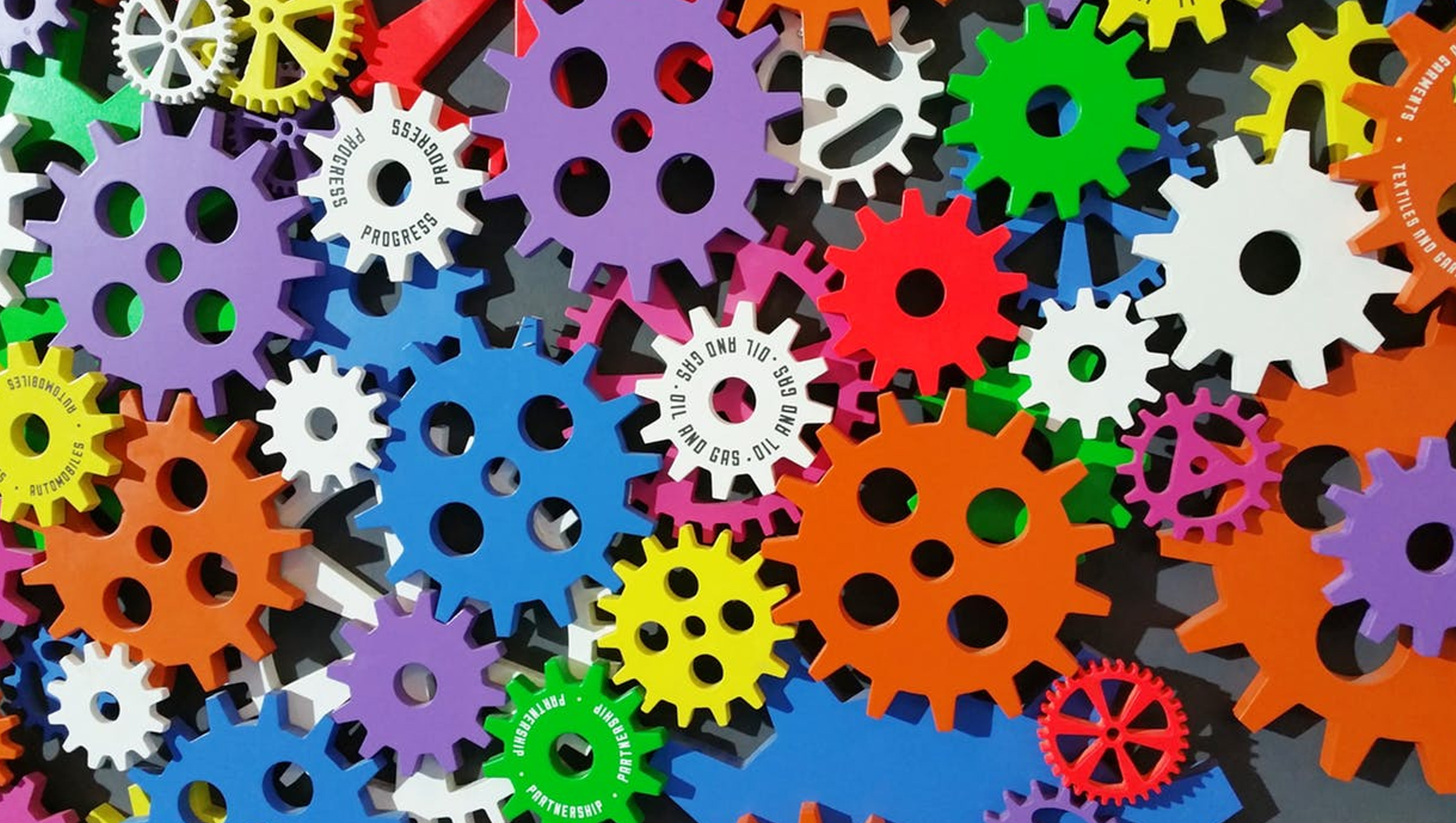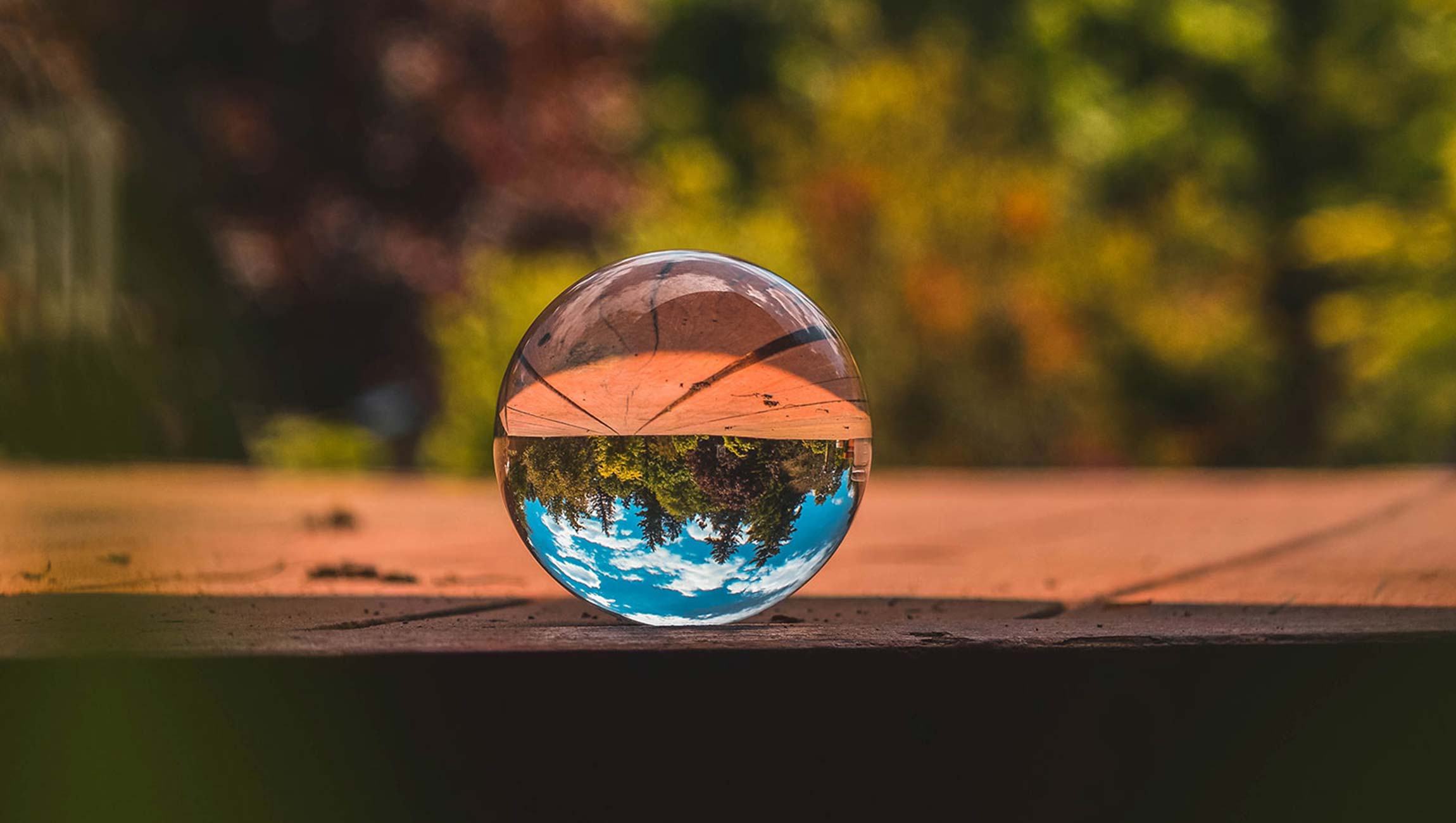You’ve probably heard it hundreds of times by now – 2020 has been a year like no other. And, as we enter its final few weeks, things don’t seem to be getting any more normal.
With a controversial yet unresolved Brexit, a global pandemic pitting public health against economics, and social justice turmoil as a backdrop, the division has emerged to rival uncertainty as a central theme of the year.
So, as we share and debate these issues using technologies that transcend national borders and, some would argue, often escape reasonable control, the onus is now on us all to heal the wounds and breed a greater sense of unity.
As a result, the focus on inclusivity has intensified. And a great deal of the responsibility for driving the necessary change sits squarely on the shoulders of the business community and its rainmakers.
No Hiding Place
Luxury fashion, of course, has a role to play. As an industry trading for decades on exclusivity, it has significant ground to make up in the inclusivity stakes.
Some brands have adopted a more progressive attitude in recent times, celebrating diversity and inclusivity. But, in light of this year’s events, such an approach has shifted from merely optional to non-negotiable.
This has seen Rihanna’s Fenty dynasty, which includes a shade-inclusive makeup line and body-positive lingerie, as well as brands, such as Good American and Asos, flourish due to their dedication to the inclusivity cause.
But, as brands and their products evolve with the changing times, packaging should not and, I would argue, cannot standstill. Consumers recognize that, no matter how trivial, everyone and everything for that matter, has a part to play in the fight for inclusivity.
It’s a strange concept – inclusive packaging – but it is a requirement for any brand that is truly advocating change. It takes commitment and investment but has the potential to position your brand leaps and bounds ahead of others, as well as cater for a greater breadth of customer needs.
And, as more and more brands take action to tackle the issue, consumers are becoming much less willing to compromise. In fact, they are more likely to shop at those showcasing their inclusion and diversity credentials.
Doing the Right Thing
We have all heard stories about unsafe sweatshops and unethical factories involved in clothing production but what about packaging?
Bags and boxes can be manufactured under similarly improper conditions and the people who make our packaging in many places around the world can still be vulnerable to abuse and exploitation.
Wherever we see them, such practices fly in the face of inclusivity, so they need to change. But the good news is that the brands genuinely looking to fight for the cause have real power to persuade, influence or, indeed, boycott unscrupulous manufacturers.
We can even think about inclusivity at the very beginning of a packaging material’s lifecycle. Rather than spoiling the environment and damaging communities to deliver predictable plastic or paper options, we might instead take inspiration from more sustainable resources.
Bamboo and coconut fibers, for instance, provide ethical alternatives and enable your brand to work collaboratively with smaller, more local farmers. Often muscled out by the big boys, their livelihoods come under threat, so the income you provide them does something to level the playing field.
And, as well as contributing to your sustainability efforts, it tells customers an interesting story that runs much deeper than other, more superficial marketing ploys.
The Home Front
Fashion also makes a huge contribution to carbon emissions and, I’m sorry to say, packaging has to share some of the blame. It’s rarely sourced and manufactured in the same place. Then it’s shipped elsewhere for the fashion brand to pack and once again to wherever the end customer is located.
The distance between that end customer and the source of packaging can be great, often causing a lot of disconnection. So, brands should seek to close the gap, looking closer to home for quality products and materials that add value for your customers in ways that are different from the norm.
Not only can a more enlightened approach better educate your customers about how ethical your products really are but, since they have clocked up fewer air miles than those of your competitors, it can also help you become more transparent and sustainable in your processes.
Climate change will affect us all, if we don’t act decisively and collectively. But the people of wealthy countries like ours won’t bear the brunt of it to quite the same extent as those in less privileged parts of the world. So, it’s worth including them in our thoughts and, more importantly, in our actions.
Global appeal
Through social media and the growth of ecommerce channels brands can now sell products to all corners of the globe with ease. But the community feel of online audiences can often create a distorted perception of proximity and, as a result, cultural differences can be overlooked.
This creates inclusivity issues, as everyone in the consumer group tends to be seen as one and the same. It’s another strange concept but, in order to be truly inclusive, we must acknowledge the wide-ranging individual differences of customers located all around the world.
Packaging is often the first physical point of contact these customers have with your brand, so ensuring they feel represented by it can encourage a positive overall experience. And that can then later lead to a repurchase, recommendations and ongoing brand loyalty.
Think about tailoring the imagery and language used on the outer shell of your items to your different segments. Usually, the internal elements are self-explanatory but, if any important information needs to be communicated, doing it in a way different people can comprehend is vital.
Inclusion has come a long way in fashion. It’s no longer enough for a brand to claim to be playing its part but to limit its efforts to the use of just one plus-sized model or person of color in their advertising. Instead, it’s about committing to real change and taking actions to transform the industry.
Inclusive packaging is a step in the right direction. It’s a way to help brands discover processes that are too often overlooked and then become more transparent, sustainable and ethical.
And, as consumers and markets demand more from one another, businesses provide a vital link between the two. Listening to customers’ lobbying for change and then implementing it all levels of their supply chain until broader industries and economies have no choice but to adapt and comply.
A better and more inclusive world can be created. There’s a lot to do and we can’t afford for governments to regulate us into making it happen.
But, with every small step, we can bring more people on board, build a bit of momentum and move a little closer to the more equitable world we can all imagine.











